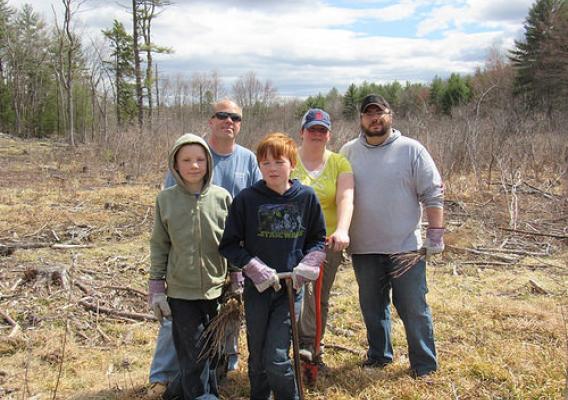NOTE: This week on the USDA Blog, we'll feature the stories of America's Harvest Heroes who, like farmers across the nation, are working this harvest season to secure the bounty of healthy food American agriculture is renowned for. From laying the foundation for the next generation of farmers putting down roots in rural America, supporting the fruit and vegetable growers who are helping to build healthier communities, bolstering new markets for the products of agricultural innovation, to harvesting renewable energy that is made in Rural America, with USDA's support our farmers are yielding strong results for every American. For these reasons and more, America’s Harvest Heroes deserve our thanks.
Texas Producer Changes his Mind about Leaving the Farm
Jonathan Cobb had made up his mind. He was leaving the farm.
“I was disillusioned with farming in general because we were just pushing long days and chasing acres and it didn’t seem like there was very much reward,” Cobb said. “That quality of life was not very good. My wife was having to work a lot of hours full time and really support the family. Twenty-five hundred acres really didn’t support two families, and we weren’t living extravagant lifestyles by any means.”










